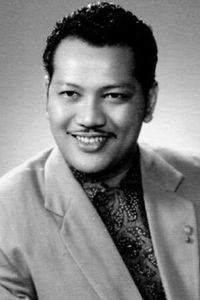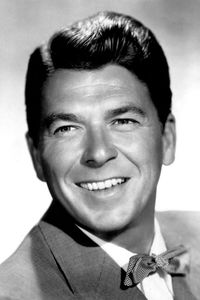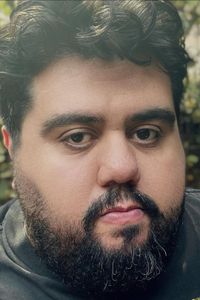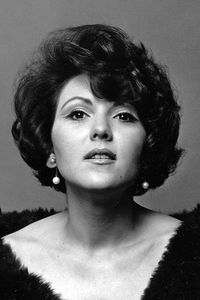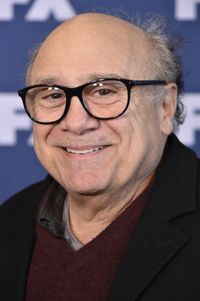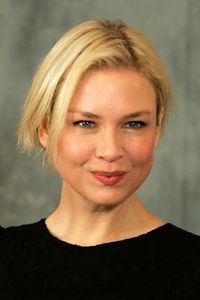Malaysia's most beloved and versatile entertainer embarked on a remarkable journey, commencing his educational odyssey at Sekolah Melayu Kampung Jawa and subsequently, the Francis Light School. During the tumultuous period of Japanese Occupation, he found employment in a tin factory and simultaneously attended a school set up by the Japanese navy, where he developed a proficiency in Japanese songs.
In 1945, he participated in a singing contest organized by Penang Radio for North Malaya, ultimately emerging as the third-place winner. He went on to secure a runner-up position in the subsequent year and eventually, in 1947, he emerged as the champion. His remarkable performance at a cultural festival in early 1948, where he showcased his original composition "Azizah", caught the attention of director B.S. Rahjans, who extended an invitation for him to work as a back-up singer for Shaw Brothers studio films, based in Singapore.
Without hesitation, he accepted the offer, and over the course of the next few weeks, he took on multiple responsibilities, including serving as a clapper-boy, assistant cameraman, and continuity person, in addition to his singing duties. His inaugural acting role was in the 1948 film Cinta, where he portrayed a villainous character.
Subsequently, he spent the next 18 years under the Malay Film Production unit of Shaw Brothers (popularly known as the Ampas Road studio),where he acted in, composed music for, and eventually wrote and directed dozens of Malay movies, ranging from historical dramas to contemporary comedies. Throughout the 1950s and 1960s, he garnered numerous awards for his acting and composing prowess at the Asian Film Festival.
In 1964, he relocated to Kuala Lumpur, where he continued to produce films under the Merdeka Studio, ultimately contributing to the creation of approximately 250 songs.
